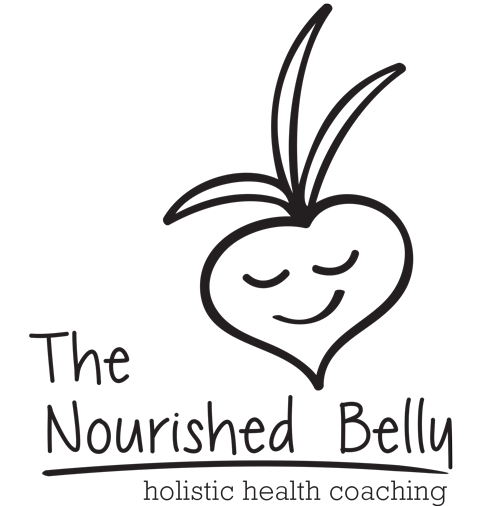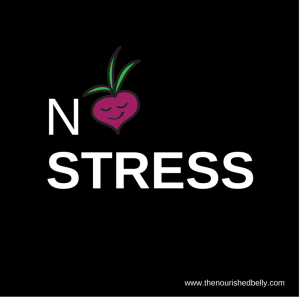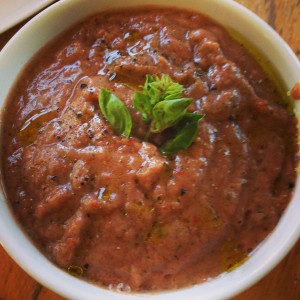When I turned 41, I made the decision to TRY to have a child. Which for a person in today’s world, is a big decision. After making that decision (which honestly took me years), I realized it was only the tip of the iceberg of unknown size. Now what? Do we just have a bunch of sex? For some lucky folks, it IS that easy, but for many of us, it’s a much longer journey. I’m 11 months into my journey, and I haven’t shared much about it. When I started writing it seemed to be an ocean of information and experience. So I’m starting from the beginning, learning about my menstrual cycle. If you are thinking about trying to conceive (TTC), then this is a good place for you to start too.
Understanding Your Menstrual Cycle for Fertility
I first REALLY learned about the menstrual cycle when I read the book Cunt, by Inga Muscio, in college. It was where I first learned about cervical fluid and sea sponges. Plus, like most girls, I went on the pill in college to avoid pregnancy, and I definitely thought it was the coolest thing NOT to get my period.
It wasn’t until last year, when I read The Period Repair Handbook, and Beyond the Pill, that I started understanding the importance and nourishment that your natural period provides. It actually pisses me off that most women are blindly told to take the pill without understanding the implication it can have on your health long term. Your hormones are health protective, and when you replace them with synthetics, you aren’t getting the same health benefits. Plus, the pill can change your microbiome and also deplete certain nutrients. This is really an important topic for a different conversation, but if you want to conceive, start having a natural period as soon as you can so that you can start tracking your cycles.
A book that really helped me understand what to actually DO to track my cycles, was Taking Charge of Your Fertility, by Toni Weschler. The book goes in depth of how to track, how to log cycles, and how to interpret what’s going on. First, start taking your temperature first thing in the morning and logging it. (She has a downloadable handout on her website, but some people find the app Kindara to be helpful as well)
In VERY simplified terms, the first half of your cycle, which is the Follicular Phase and estrogen dominant, your temperatures are lower than in the second half of your cycle. When you see a consistent rise in your temperature that means you have ovulated and are in the second phase called the Luteal Phase, which is progesterone dominant. Then it’s important to track the number of days in your luteal phase until you get your period. Your luteal phase, according to Lara Briden in The Period Repair Manual, should be a minimum 11 days. If not, that could mean you need to support your progesterone levels.
Toni Weschler also points out that by the time your temperature rises, the window to conceive has most likely closed, so in order to know when sex actually matters, you have to track your cervical fluid. When your period ends, wash your hands and check the fluid that it’s your vagina. It can be anywhere from dry to creamy the first days after your period. What you are looking for is for your cervical fluid to be more viscous, like egg whites, and what also looks like strings of mucus. This is the good stuff, that will help the sperm up through the cervix and to their final destination. You have to check multiple times a day. When you start to see that egg white mucus, it’s go time!
In general, we had sex every day from the start of my cervical fluid changing (sperm can live up to 5 days inside you) to a couple of days after my temp shifted. It isn’t always mind blowing work, but hey, it’s a project we are working on together, and sometimes we need to get it done!
So what if you track and you find that things are not quite right? Here are some ideas that I found helpful.
Hormones are VERY sensitive, and are influenced by diet, by sleep, by stress, by environment. Don’t try to tackle everything at once. Start with one area and scaffold.
Support your liver. This is good for health in general, but if you have extra estrogen, and not enough progesterone, which seems to be true for many people, estrogen is detoxed out of the body through liver detox pathways. Drink dandelion root and burdock teas, eat beets, use lemon and orange zest and eat lots of cooked brassicas (broccoli, cauliflower, cabbage.)
Acupuncture. Acupuncture is huge for stress relief (which if you are stressed it can push your ovulation back) and also really helpful for fertility and conception. I see an acupuncturist weekly and take herbs. Unfortunately, it’s usually not covered by insurance, but there are sliding scale acupuncture clinics out there. Google community acupuncture clinics in your area.
Discuss with your health team some possible herbal and supplement supports. (really! finding someone to work with, either an acupuncturist or health practitioner that specializes in fertility is important and helpful to wade through the plethora of info on supplements to take)
Vitex or Chasteberry. This herb is really helpful in regulating cycles and supporting the menstrual cycle as a whole. This herb is meant to be taken short term. Laura Briden has a good article.
Maca: Maca is also health supportive AND can be helpful to get you in the mood when it’s go time.
CoQ10: There have been a few studies (here’s one) out there on CoQ10 helping to improve egg quality. 600 mg daily. I take Designs for Health Q-Evail 200.
Resources:
Dr. Laura Briden. I loved her book, The Period Repair Manual, it’s good for understanding how your period should be and she’s a wonderful resource if you have PCOS. Her website is also a treasure trove of information. https://larabriden.com
Dr. Jolene Brighton. Her book, Beyond the Pill, is VERY informative and she’s very active on social media. You can follow her on instagram.
The book: Taking Charge of Your Fertility, by Toni Weschler. If you are starting to track, this is a great book to understand the process.










